#branchiopoda
Text
triops are one of my all-time fave little guys
#triops#tadpole shrimp#dinosaur shrimp#crustaceans#arthropods#branchiopoda#tiktok#found elsewhere and uploaded by me
61K notes
·
View notes
Text

A shield shrimp (Triops australiensis) in Kimberley, Australia
by Ian Bool
#shield shrimp#tadpole shrimp#shrimp#crustaceans#triops australiensis#triops#triopsidae#notostraca#branchiopoda#crustacea#arthropoda#wildlife: australia
1K notes
·
View notes
Text
youtube
Guess who got to design a tadpole shrimp pin for Bizarre Beasts this month!
They came out really well despite me being a bit ambitious with the fine details:

Subscriptions are currently open to get these pins on their store – but they'll only be available until February 12th, so grab some while you still can!
(...They haven't updated the artist name on there from last month. I'm not Emily Alvarez 🙃.)
#bizarre beasts#pin design#moichandizing!#video#tadpole shrimp#notostraca#branchiopoda#crustacean#arthropod#invertebrate#three-eyed backshells
141 notes
·
View notes
Text
Taxonomy Tournament: Crustacean Finale!

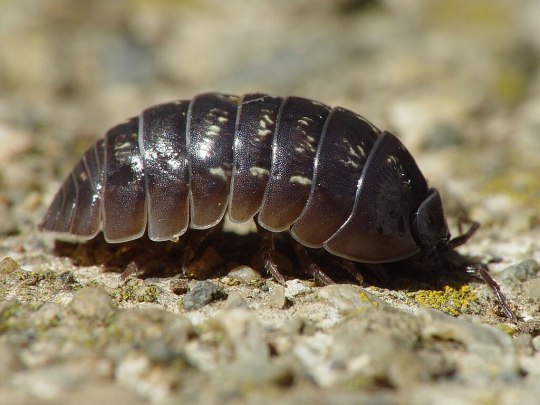
Branchiopoda. This class is made up of fairy shrimp, clam shrimp, water fleas, and the shield shrimp. All members have gills on their apendages, including the mouthparts.
Isopoda. This order is made up of isopods, including terrestrial species like the potato bug and aquatic species like the giant isopod. Some eat dead matter, others are filter feeders, and some are parasites, mostly of fish.
#animals#biology#polls#poll tournament#zoology#fairy shrimp#arthropods#crustaceans#ecdytes#isopods#Branchiopoda#Isopoda#0xev0x31
97 notes
·
View notes
Text
#crustacean#Axiidea#Branchiopoda#Caprellidae#Cumacea#Lophogastrida#Phreatoicidea#Remipedia#Syncarida#Spelaeogriphacea#Tanaidacea#poll
112 notes
·
View notes
Text
Funny story
Funny story: Brine shrimp are debating becoming neural parasites, but have not yet done so because they do not want to be called 'brain monkeys'.
0 notes
Note
is shrimps bugs?
in crevice reckoning, yes. everything without bones and many things with bones are bugs to me.
taxonomically though, bugs are shrimps.

although they aren’t very close to the “true”decapod shrimps of rice-frying fame, insects are closely related to fairy shrimp, tadpole shrimp, and clam shrimp of the Branchiopoda, though their closest relatives are usually taken to be the remipedes (weird little long guys that live in deep water or caves, no relation to centipedes but they too are venomous!)
704 notes
·
View notes
Text
Transcript:
Why don't we spice this match up with a fact about shrimp:
Do you know the female shrimp can lay up to a hundred million eggs at once? Wow, that's…. that number seems a bit high, actually.
Did you know that average shrimp lifespan is between 12 and 16 minutes? Wow, I sure know a lot more about shrimp than I did before this match!
Did you know that shrimp subclass Branchiopoda, order Anostraca are on average 3 inches smaller than the more common branchiopods Notostraca, Diplostraca and Mysidacea? …..okay!
Did you know that the first shrimp was discovered in 1967 by a group of Finnish sailors? I didn't either, facts can really be surprising!
Did you know that shrimp are healthy source of protein and selenium? I did, and I use this information on a regular basis!
#posting shrimp facts for my birthday yayayayay#request audio#voice#the stanley parable#dota 2 announcer pack
260 notes
·
View notes
Text

We out here really not moving around like these absolute elites of evolution.
‘Anostraca’ is one of the four orders of crustaceans in the class Branchiopoda; with members being referred to as ‘Fairy Shrimp’.
Video: @pico-cosmos
#isopods#biology#marine biodiversity#marine life#entomology#marine biology shitpost#evolutionarybiology#sea life#freshwater#shrimp#shrimpblr#natural history#paleoblr#biologyblr#indigenous#deep sea#marine biology#sea creatures#seashells#ecology#endangered species#evolution#fishblr#malacology#scientific illustration#signal boost#gif#daily calm#animal gif
122 notes
·
View notes
Note
what is your favorite aquatic invertibrate?
THIS is a loaded question. I've kept this in my inbox for a while cause there's SO MANY it's hard to choose. I'm most interested in mollusca and crustacea but those are still large categories.
My favorite mollusk is Dirona albolineata, the frosted alabaster nudibranch. Absolutely gorgeous and come in my favorite color.
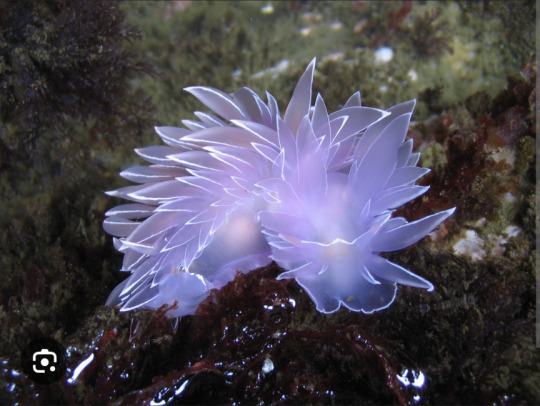
I pretty much love all nudibranches though. My second favorite would have to be sea butterflies, they're so weird!

And of course the animal crossing famous Clione limacina or sea angel
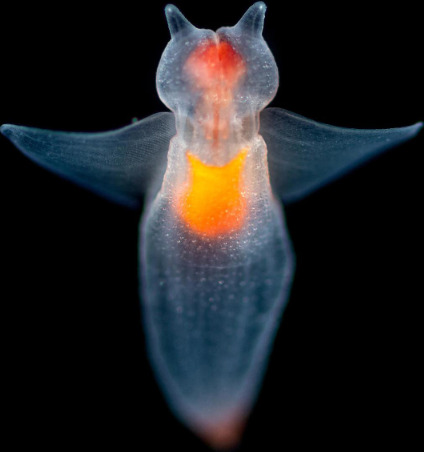
Academically, I'm currently researching freshwater mussels for our reintroduction project. Mussels may not be as flashy as nudibranchs, but they are extremely important for improving water quality in freshwater habitats. It's hard to choose a favorite, but one I've researched the most and have grown fondly of is Alasmidonta varicosa, the brook floater. We are hoping to eventually reintroduce it to it's previous native range. Fun fact, when you pick them up out of the water, they stick their "tongue" (foot) out.
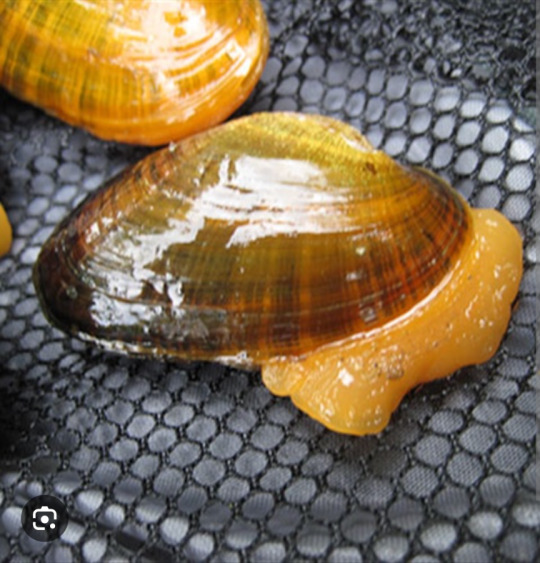
I literally had the species name written on my giant whiteboard in the office for a few months so my boss would keep seeing it since I really wanted us to use it as a flagship species to design our reintroduction project around. Fast forward and we've gotten a grant and things are progressing nicely.
Anyway on the crustacea side that's an even harder choice. I'm always excited to see aquatic isopods and scuds. I'm probably most fond of Malacostraca (amphipods, isopods, decapods, etc.) and Branchiopoda (clam, fairy, and tadpole shrimp, and water fleas). Do not make me pick one I am unable to. I will say I have a particular soft spot for crayfish as they are the organisms I've had the most one-on-one time with (I literally have a pet crayfish named Mr Pinchy). I just love anything with pinchers (ʃƪ^3^)≧〔゜゜〕≦

First crayfish I ever held doing it's little defensive stance of Shake Em Like You Just Don't Care. Just take a look at it's mouth! The mouthparts are so cool! I love watching Mr. Pinchy eat.
My favorite macroinvertebrate would hands down be Corydalus, aka Hellgrammites, which are the larval form of Dobsonflies. I have yet to see an adult dobsonfly in person, but have been told they're terrifying and not very nice. We shall see about that. Hellgrammites are simply angry pathetic overdramatic babies and while people say they bite I've held plenty and never been bit. They will absolutely go for the other bugs in the tray so you do have to keep them in a separate container. We've lost a couple of caddisfly larvae to the jaws of the mighty hellgrammite.
Just look at it! Here's a video where I'm trying to get a good shot of it's gills (those frilly things on its underside). They roll into a defensive ball which is so endearing. I also love anything that can curl into a ball. I think they're absolutely adorable but most people tend to disagree with me ಥ‿ಥ
TDLR I love all aquatic invertebrates so very much. I didn't even get into shrimp or coral or starfish! They make me so happy I actually have to limit how much I read about them in a day because my emotions get too big and cause me to become hyper (which is a bad combo for fibromyalgia). I'm not great at remembering information so I get to constantly relearn and rediscover things which is a blessing and a curse. This also makes taxonomy especially hard for me so let me know if I messed up somewhere.
10 notes
·
View notes
Text
no se profe no se la diferencia entre un copepodo y un branchiopoda, son la misma mierda, me voy a tirar enfrente de un auto profe le juro
4 notes
·
View notes
Text
Animal practice 32

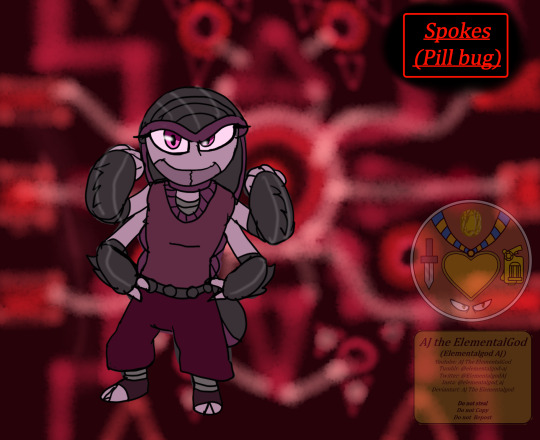
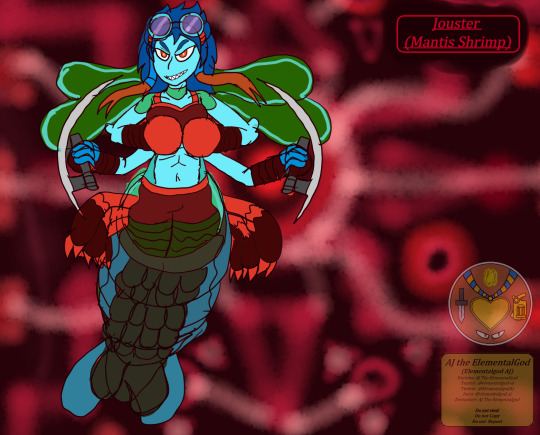


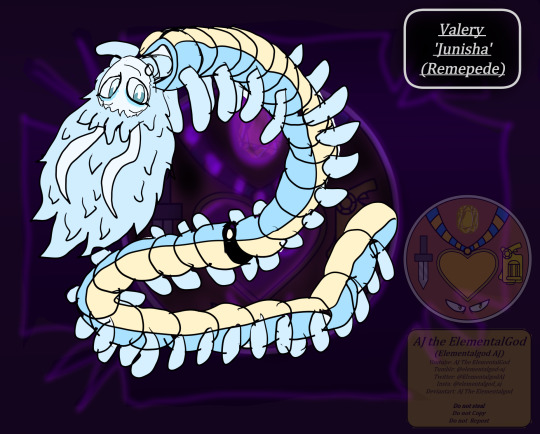

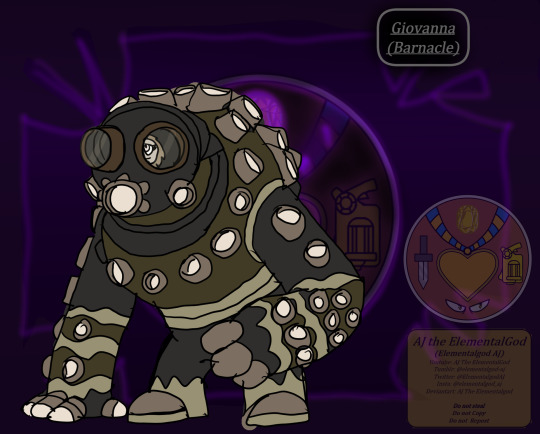
Panarthropoda
Arthropoda 3
Crustacean 1
Isopoda
Reinhold (Giant Isopod)
Spokes (Pill Bug)
stomatopods
Jouster (mantis shrimp)
Amphipoda
Bonez (Skeleton shrimp)
Branchiopoda
Nix (Fairy shrimp/brine shrimp)
Remipedia
Valerie (Remipede)
Hexanauplia
Bijou (Copepod)
Giovanna (Barnacle)
#the watchful eye#watchful eye#my ocs#my art#my oc#elementalgod aj#aj the elementalgod#isle 0#toonverse oc#o'kong family#neo demons#anthro allies#earthdemons#panarthropoda#arthropods#crustaceans#giant isopod#pill bug#mantis shrimp#skeleton shrimp#fairy shrimp#remipede#copepod#barnacle
2 notes
·
View notes
Text
Taxonomy Tournament: Crustaceans

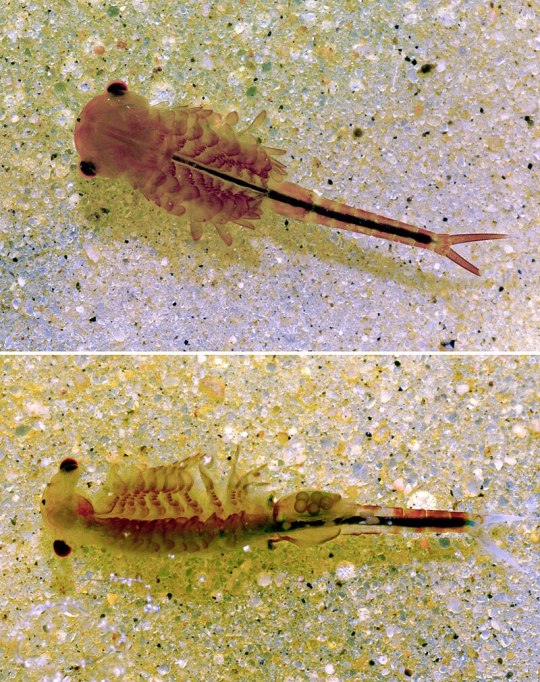
Copepoda. This class is made up of copepods, microscopic aquatic zooplankton, though some live in sediments or are parasites.
Branchiopoda. This class is made up of fairy shrimp, clam shrimp, water fleas, and the shield shrimp. All members have gills on their appendages, including the mouthparts.
#animals#biology#polls#poll tournament#zoology#copepods#arthropods#crustaceans#ecdytes#fairy shrimp#Copepoda#Branchiopoda#0xdv0xf2#Animal Tournament#Animal Tournament Round 1
82 notes
·
View notes
Photo

Clam shrimp (Limnadia lenticularis)
Photo by Krister Hall
#clam shrimp#limnadia lenticularis#limnadia#limnadiidae#spinicaudata#diplostraca#branchiopoda#crustacea#pancrustacea#arthropoda#ecdysozoa
54 notes
·
View notes
Video
true love... #clamshrimp #branchiopoda #love #aquarium #vernalpool #seedshrimp #ostracod https://www.instagram.com/p/BvMZjDXgoGp/?utm_source=ig_tumblr_share&igshid=1udfktvqm7my9
2 notes
·
View notes
Photo

RISING CARBON DIOXIDE LEVELS ARE ACIDIFYING FRESHWATER ECOSYSTEMS TOO
As ocean acidification, the excess of CO2 emitted into the atmosphere is having a bad effect on freshwater ecosystems, according to a study published in Current Biology.
According to researchers, some freshwater ecosystems have become more acidic with the increase in pCO2 (partial pressure of CO2) and, in laboratory studies, the increases of pCO2 freshwater can have detrimental effects on at least one key species, specifically water flea, a small freshwater crustacean, leaving it less able to detect and defend against predators. The findings suggest that the increase in CO2 levels may be having widespread effects on freshwater ecosystems.
Using monitoring data for 30 years, scientists report a change in pH of around 0.3 in 35 years, suggesting that freshwater can be acidified at a faster rate than the oceans.
Water flea (Daphnia magna) in PloS Biology
Reference: Weiss et al., 2017. Rising pCO2 in Freshwater Ecosystems Has the Potential to Negatively Affect Predator-Induced Defenses in Daphnia. Current Biology
#Daphnia magna#daphnia#water flea#Cladocera#Branchiopoda#Crustacea#science#sciblr#freshwater acidification#ocean acidification#global warming#climate change#scienceblr#biology#animals
55 notes
·
View notes